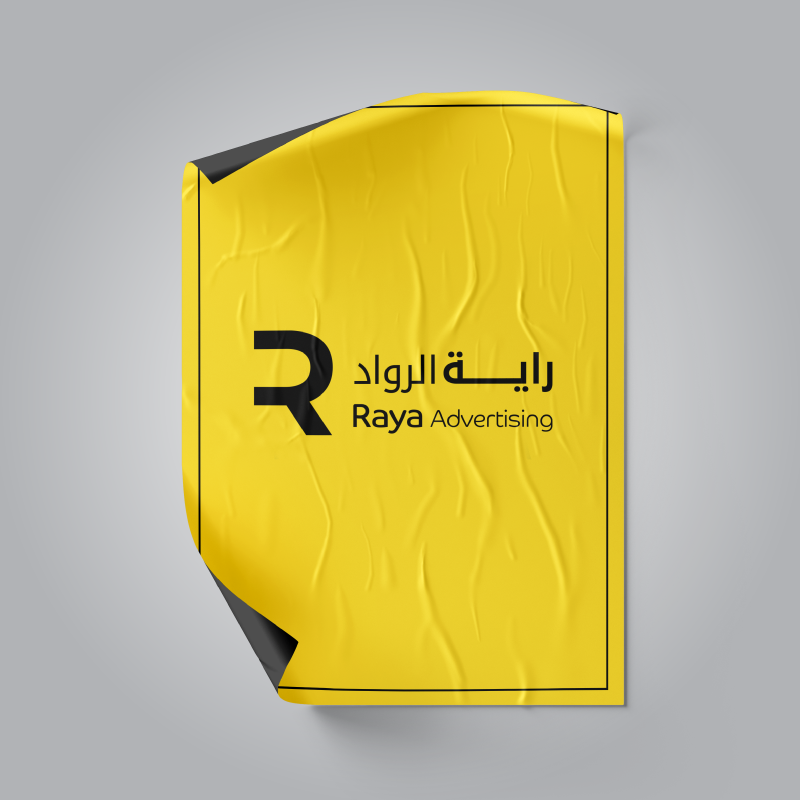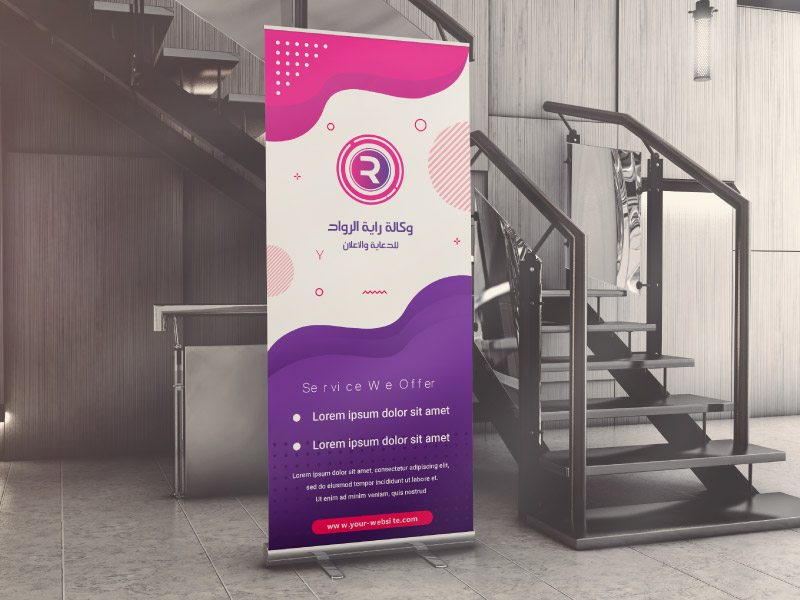
What is a poster ?!
A poster is a page printed on paper or cardboard that is displayed in public places; Most posters convey a simple message that combines words, graphics, or pictures. Posters may announce specific theater, film, or art events.
Posters and their histories
We can define posters in general as any printed paper designed for a specific purpose and can be affixed to the wall. The aim is for the reader to quickly derive information about the content of the poster. According to the French historian Max Gallo, the idea of posters was used two hundred years ago during the World War Second, and it has been affixed in different places of the world in order to support some electoral campaigns, for example. From that, it becomes clear to us that the idea of posters is very old, and with the passage of time their use has evolved and the objectives for which they are designed have varied, but their main goal remains one, to convey a certain idea in an attractive and striking way.
Types of stickers
There are many posters that serve many purposes “other than scientific and academic posters”, and this type of posters does not have specific conditions for design, such as scientific posters, for these types of posters are frequently used in pictures and colors and the arrangement of their places does not matter, because the purpose of them is Catch the public eye and advertise
A specific thing, even few texts used in it; Below we review various types of posters and give examples to make the picture clear.
Advertising and promotional posters
This type of posters abounds in the colors used and images of different sizes, with the aim of drawing the attention of customers or the general public to a specific event to advertise, or a specific product, or even for trips such as those organized by some travel agencies.
Of course, there are many designers who specialize in designing advertising and advertising posters in order to present the idea in an innovative way and with content that reflects the purpose for which it was designed, and these specialists can find them on our site, thanks to God.
For example, there is a poster that aims to announce the “International Day Against Child Labor” campaign, and for this purpose a specific image was used that expresses some work that is difficult for children to do, with the addition of the logo of the organizer or supporter of the campaign. Also, the Starbucks company poster aims to display specific information about one segment of its customer: students.
Educational posters
This type of poster is designed for educational purposes, so it is dominated by the character of simplicity, clarity, and the lack of use of colors and balance between used texts and images. The educational poster is basically a summary of a specific research idea or project, so summarizing well requires skill in order for the student, researcher, or poster owner to show the idea. Clearly for the audience and the strengths of his research or work, educational posters are divided into two main types: educational (non-scientific) posters and scientific or academic posters.
Non-scientific classroom posters
Posters used in classrooms are usually used in schools, for example in Britain students are accustomed from early stages to the idea of scientific posters and how to design them. In this type of posters, the professor does not usually require high skill in summarizing and design, but rather simplicity in a large way, since these posters usually contain a specific topic such as one lesson from one of the materials or on a small research that the student is assigned to do. Not only that, but this type of poster is not only limited to school students, but can also be used in universities. For example, this type of poster may be required by students of the qualifying or first year, in order to summarize the idea of a project related to a specific subject and in brief, and it is presented and explained usually in the classroom or to a specific group, it is not general.
This type of posters differs slightly from the scientific or academic poster (below), which is used by researchers and academics in universities and conferences, as it aims to share or display information in the first place, and not to clarify scientific methods or methodologies or something similar.
Academic science posters
The scientific or academic poster is frequently used by researchers and academics in universities, forums, and conferences in order to present their research ideas and projects in a scientific way, exchange experiences between them, and open the field of discussion and questions between the researcher and the public.
9 poster design tips
1. Start with a good idea
What makes a poster great is not only its aesthetic value but the great idea behind the poster and its beautifully executed way. Start making some drawings, and when you get the one you like, then think about the beauty of the shape and the letters, and remember that the idea is the engine of the design and not the other way around.
2- Two in one
You may start your design by writing some words that reflect the goal of the message behind the design, and when you finish the word list, start merging the words together through drawings. To give an example in one design, for example, the two words were “love” and “education,” where the use of the two words together in two drawings was more effective in conveying the message than using one drawing for only one word.
3- Get inspired by your thoughts from your life and your surroundings
In one design, an artist was inspired by his idea from his personal life, where his wife was pregnant at the time, as he worked on combining bicycles with the children he was inspired by, reflected in the two different colors of bicycles (boy or girl)
4- Get as much as possible from the tool you are using
For example, if you use silkscreen printing, work on exploring the printing technique within different layers, and if you use digital printing as well, work on researching the different possibilities that may be available to you using this method. It may also combine photography and silkscreen printing to create light shading, and other techniques.
5- The law of five
A good poster can have the same effect at 50 feet as it is 5 feet away.
6- Use branding elements
When designing a poster for a branding campaign, analyze and deconstruct the brand’s logo image and use logo elements in your design. The incorporation of logo elements into the design itself will clearly reflect the branding in the advertising campaign, in which case the customer will not ask you to make the company logo appear larger within the design.
7- Discover the art of metrics
Sometimes playing with sizes and using the maximum size range lends some excitement to a design that can be boring.
8- Be distinctive in your design
If you know that your design will be within a wide sea of designs by other artists, you have to make your design distinct and memorable. It might do this by using bright colors, high contrast, or other techniques.
9-Make your design simple
The most important piece of advice the artist stresses is to keep your design simple. Choose one idea and implement it using the fewest possible elements so that the design can be understood without the need for an in-depth explanation. Audiences see many posters every day and every design is trying to get the attention of passers-by, so create a simple design that can be understood by just passing by.
All these tips are adhered to by our customers, so do not worry, and submit a request to design the best posters





